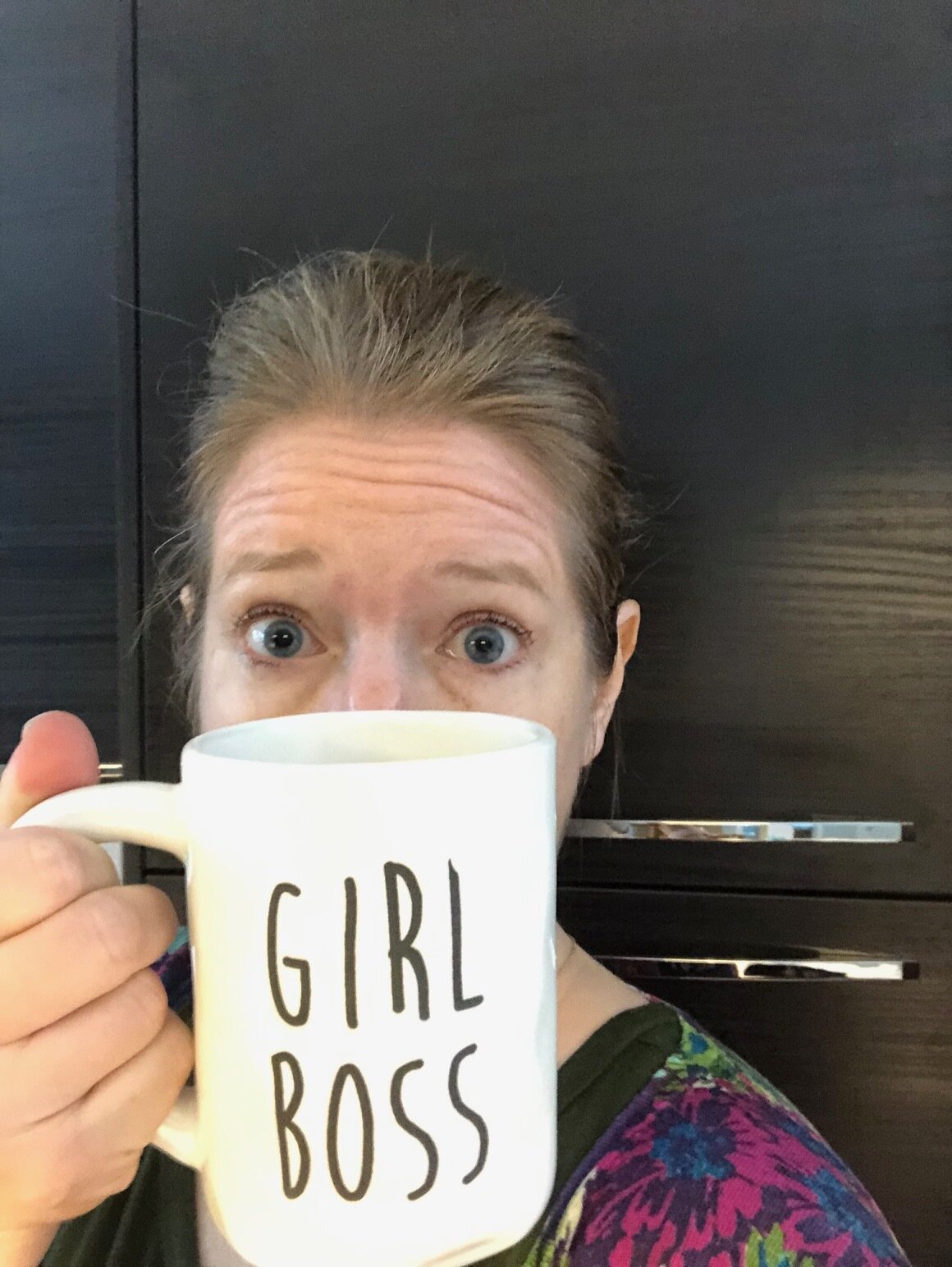1. Where are you from? If you’re not from the Pacific Northwest, what brought you here?
I am a greater Seattle area native. I grew up on the north end of Ballard before my family moved to Shoreline when I was 10. Since I finished college I’ve lived in Bellevue, Redmond, and Lynnwood. Frankly I never really wanted to live anywhere else.
2. What inspired you to pursue remediation engineering? What made you curious about it?
Technically most of the engineering work I’m involved in is for the solid waste industry or general environmental engineering/consulting. Within solid waste engineering there are a lot of the concepts of remediation engineering that are similar, just applied differently or with alterations to timelines, capacities, and project scale.
I seemingly fell into this line of work, but it works with the way that my brain is wired and I haven’t wanted to stop since I got started. It all started in college — like most students I could not make up my mind on a major. I started out really looking at either mechanical or chemical engineering. Through engineering clubs that I participated in, I had a few friends that were getting environmental engineering degrees through the civil engineering department. I started taking classes out of curiosity since it sounded like an interesting combination of the elements that got me started with engineering. I found it really worked well with what I liked to do and where I wanted to move my career.
Fresh out of college I wound up getting a job as a groundwater sampler/field tech for a firm that specialized in civil and environmental engineering for the solid waste industry. Since then I’ve sought out projects that have elements that I’m interested in, leveraging experience and trust built to get where I’m at now.
3. What do you like best about your area of expertise? What excites you and keeps you motivated?
I should preface this by saying that I really like problem-solving. I’m not the type that will sit and do Sudoku or crossword puzzles because I get a lot of satisfaction out of what I get to do daily. A big driver is that no two projects are ever identical. While there are similarities, there always seems to be some complication, technicality, or nuance that needs to be managed and accounted for which keeps the work fresh and interesting.
4. What do you like to do when you aren’t working?
I always seem to have a few half-completed projects that I’m tinkering with in my spare time. Recently I’ve gotten into brewing and I’ve got a few tech/electronics projects on my workbench. The shortlist of longer-term interests includes:
Snowboarding (when the weather is cold)
Bicycling (when the weather is nicer)
Playing soccer (goalkeeper), generally I lean to indoor but the occasional full field game when the weather cooperates
In addition, I bought a house right at the start of the pandemic. So all the new chores and other tasks that come with that have been keeping me busy during the pandemic.
5. Where in the world would you like to travel next?
Europe is on my shortlist when we can safely travel again. Still haven’t made up my mind on whether or not to go with the UK or EU, but we’ve got time to think about it. Places like Finland, Norway, or Sweden really seem interesting to me, but my partner is originally from a tropical country and she will likely not want to go anywhere cold for vacation.
Jay Pietraszek, Senior Hydrogeologist





















